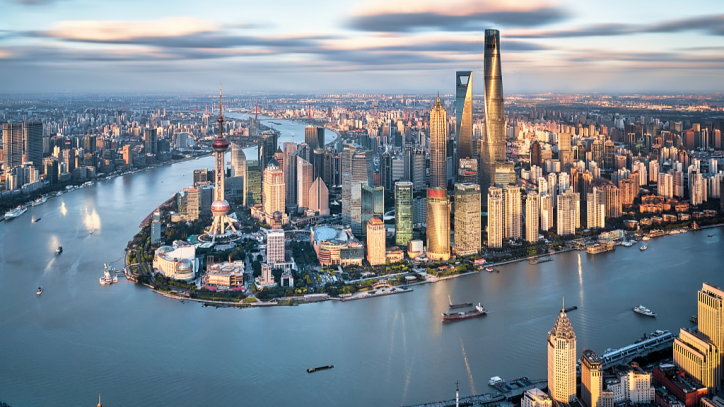INDUSTRIALIZATION AND REFORMS: THE TRANSFORMATION OF CHINA’S ECONOMY

China’s economic transformation, which began in the 1950s, is a complex and multifaceted process, involving both radical socio-economic reforms and gradual economic liberalization in response to changing conditions and challenges.
Collectivization and Forced Industrialization (1950s–1960s)
After the establishment of the People’s Republic of China in 1949, the country was in a difficult economic position: destroyed infrastructure and agriculture required immediate action. In the first decades, the Chinese government, led by Mao Zedong, focused on agricultural collectivization and forced industrialization.
Agricultural collectivization was an attempt to create a centralized system of farming, where small private farms were replaced by large collectives. This process was accompanied by active state propaganda aimed at involving the peasantry in the new order. At the same time, large-scale industrialization began, covering both the construction of new factories and the development of heavy industry.
Despite these efforts, significant errors in the economic policies of that time led to major humanitarian crises. The Great Chinese Famine, caused by mismanagement of agriculture, became one of the largest tragedies of the 20th century. By 1962, the economic situation in the country had become critical, forcing the government to reconsider its development approaches.
Deng Xiaoping’s Economic Reforms (since the late 1970s)
After several decades of political and economic turmoil, Deng Xiaoping came to the forefront of Chinese politics in the late 1970s. In 1978, he initiated a reform program that radically changed the course of China’s economic development. These reforms, known as the “Policy of Reform and Opening Up,” laid the foundation for the creation of a market economy with socialist elements.
Key elements of the reforms:
- Decentralization of economic management. One of the first reforms aimed at reducing the role of the central government in economic decision-making. Local authorities and enterprises gained more autonomy in managing their resources.
- Recognition and support of the private sector. Deng’s reforms included the gradual legalization and support of private entrepreneurship. This contributed to the rapid growth of small and medium-sized businesses in the country.
- Attracting foreign investments. One of the key directions of economic reforms was opening China to foreign investors. The country actively attracted capital, which led to the creation of new production facilities and jobs.
According to the National Bureau of Statistics of China, these reforms yielded impressive results. By 1986, the country’s GDP exceeded 1 trillion yuan, and by 2023, it had grown to over 126 trillion yuan, making China the second-largest economy in the world.
Industrial Modernization and Innovations
Since the 1990s, China has continued to invest heavily in industrial production, gradually shifting from labour-intensive industries to high-tech sectors. One of the government’s priorities has been the development of machinery, electronics, and information and communication technology production.
The Role of Foreign Trade and Investment
China’s economic rise would not have been possible without active foreign economic activity. After joining the WTO in 2001, China accelerated its integration into the global trading system.
Industrialization and economic reforms were crucial stages in China’s transformation into a global economic leader. China, having overcome numerous challenges, achieved sustainable growth and global influence.
